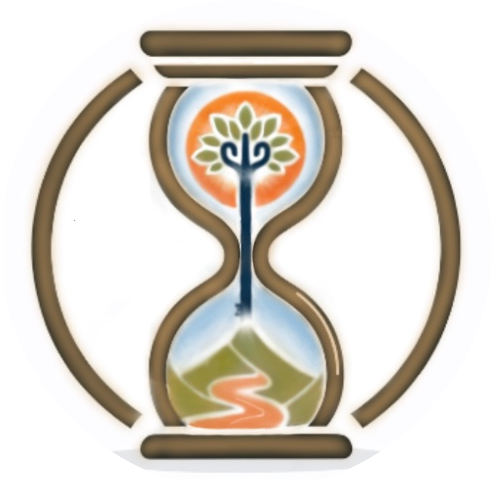Background: For centuries, the tombs of the ancient Egyptian pharaohs in the Valley of the Kings had been a source of fascination and intrigue. By the early 20th century, most of the tombs had been discovered, and many archaeologists believed that there were no significant tombs left to find. However, British archaeologist Howard Carter was convinced that the tomb of the young Pharaoh Tutankhamun, who ruled during the 18th dynasty, remained hidden.
What Happened: On November 4, 1922, after years of searching, Howard Carter and his team uncovered the entrance to Tutankhamun’s tomb. Carter had been sponsored by Lord Carnarvon, a wealthy British aristocrat, who funded the excavation despite skepticism from others in the archaeological community. The discovery came after Carter’s team found a set of steps leading down to a sealed doorway. The excitement among the team was palpable, as they realized they had found something extraordinary.
Over the next few weeks, Carter and his team worked meticulously to clear the entrance and gain access to the tomb. On November 26, 1922, Carter made a small breach in the doorway and, by the light of a candle, glimpsed the treasures inside. When asked if he could see anything, Carter famously replied, “Yes, wonderful things.” The tomb contained a wealth of artifacts, including chariots, furniture, jewelry, and the famous gold burial mask of Tutankhamun. Unlike most of the other tombs in the Valley of the Kings, Tutankhamun’s tomb had remained largely untouched by grave robbers, providing a rare and invaluable glimpse into the life and death of an ancient Egyptian pharaoh.
The discovery of Tutankhamun’s tomb captivated the world, and news of the find spread rapidly. The treasures were carefully documented and cataloged over several years, with each new artifact adding to the public’s fascination with ancient Egypt. The opening of the sarcophagus and the unwrapping of Tutankhamun’s mummy revealed a young ruler who had died at around 18 years of age. The cause of his death remains a subject of debate among historians and archaeologists, with theories ranging from illness to a possible chariot accident.
Impact for the Future: The discovery of Tutankhamun’s tomb provided incredible insights into ancient Egyptian civilization and sparked a global interest in archaeology and Egyptology. It brought attention to the need for the preservation of cultural heritage and inspired generations of archaeologists to continue exploring the mysteries of the past. The treasures of Tutankhamun’s tomb have since been exhibited around the world, captivating millions and making King Tut an enduring symbol of ancient Egypt.

